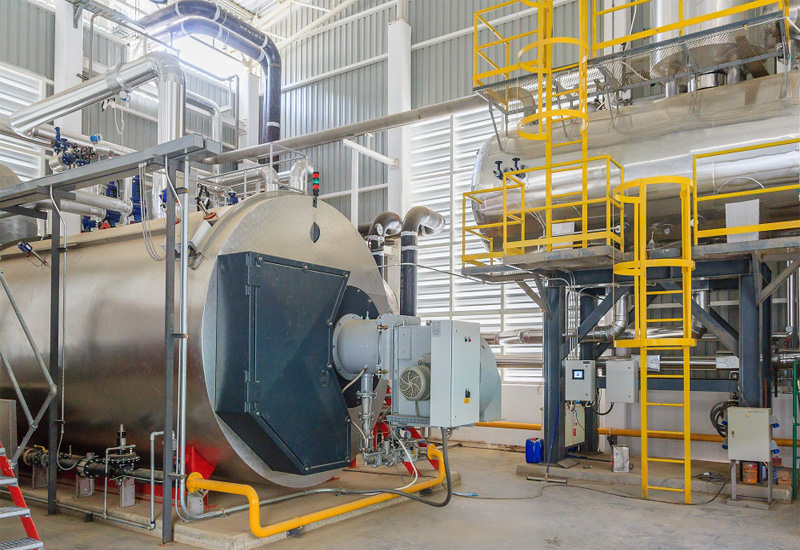Food & Beverages: Boiler Operation & Data logging
Boiler: Most people don’t realize how essential steam boilers are to the food and beverage industry. However, nearly every aspect of producing the food and drinks that we find in grocery stores and restaurants involves steam or hot water produced by a boiler in one way or another. Let’s take a closer look at some of the ways that modular steam boilers maximize the efficiency of the food and beverage industry.
- 1. STERILIZE AND DISINFECT TOOLS AND UTENSILS
- 2. COOKING, CURING, AND DRYING
- 3. DISTILLATION
- 4. REDUCING MICROBIOLOGICAL THREATS

| Case Study | Food & Beverages |
|---|---|
| Applicable Industry | Food & Beverages |
| Use Case | Boiler Operation & Data logging |
| Interfaces | PLC, SCADA System, Sensor, field instruments with cabling |
| Customer | Leading Captive Energy Sectors |
| Data Exchanged | Data logging in Excel format |
| Technology | PLC with SCADA |
| System | PLC Automation system |
Challenges:
Solution:
We as VACPL provided efficient and end to end solution of PLC based control panel and which is helping customer in below ways. installation time is greatly reduced with PLC control systems due to the reduced amount of hard wiring required. In other words, we only need to hard wire the input and output devices. The control logic is implemented using software not hard wired relays. Modifications to the control logic can easily be done using software to modify the ladder logic program rather than hardware and wiring modifications that would normally be the case with relay logic control. The same PLC can be used for a wide range of control system applications.
